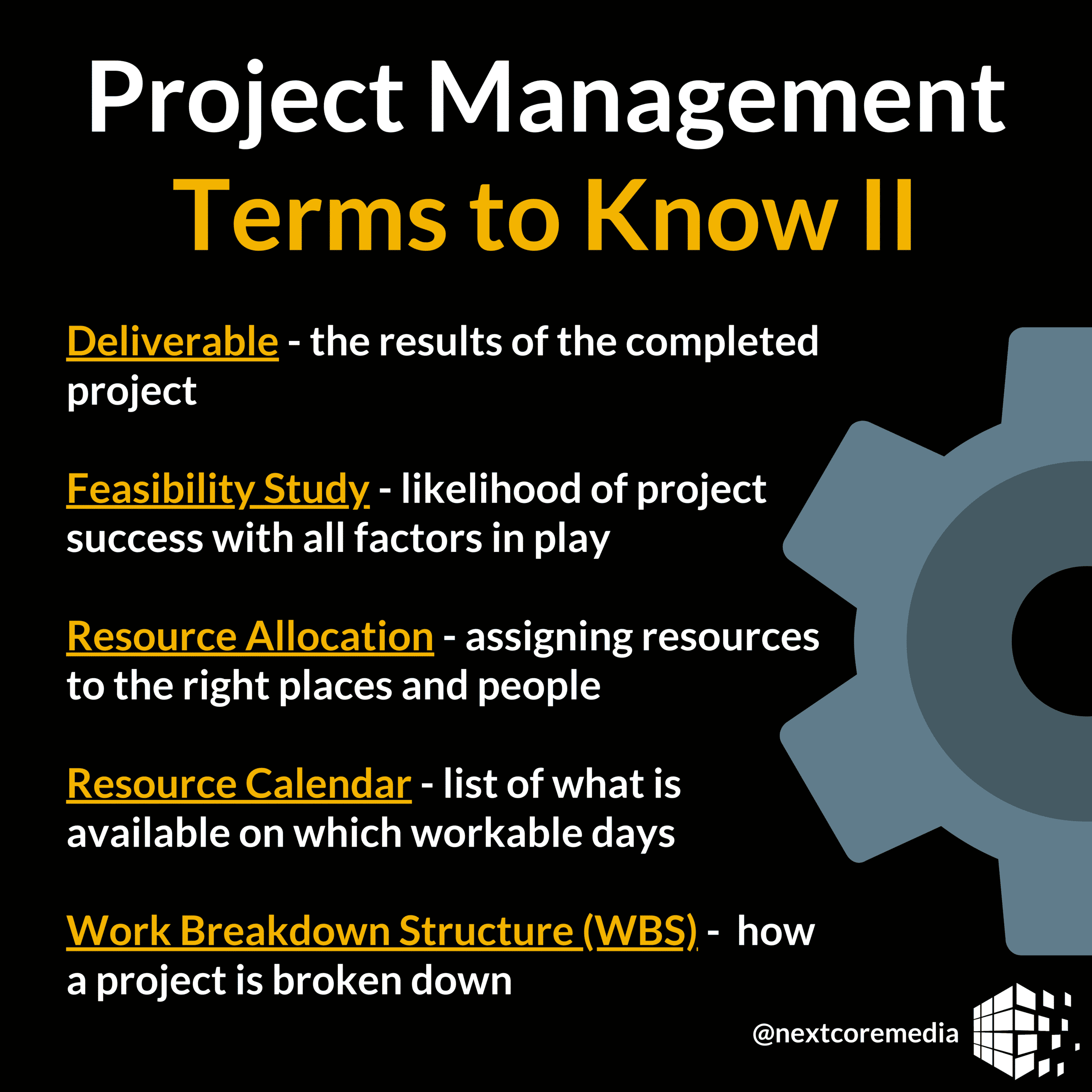Project Management & Your Life
Part 2
Didn’t get enough from our first “Project Management & Your Life” article? We love to see that hunger for project management knowledge. 
Deliverable
This is the result(s)/output(s) of a completed project. Results can be exemplified in reports, contracts, project charters, and etc.
- Take pizza delivery for example. Some deliverables include the pizza, the payment, and the tip. A pizza delivery person can gauge how smooth the process was from the customer’s perspective through the tip.
- Specifying deliverables at the start is key to tracking project success. Milestones are a type of deliverable.
Feasibility Study
This is how you assess the project. It’s the likelihood that the project will be done successfully with all factors in play.
- When you drive, ride a bike, or move any vehicle, you have to notice your surroundings. Is that car close enough that it will hit me if I make my right? Do I have to lift my bike tire over this protruding root? You analyze the situation in order to avoid disaster. That’s studying feasibility.
- Polls, project studies, and other research techniques make sure that your project is on the path to success.
Resource Allocation
This is the practice of efficiently assigning resources to the right places and people.
- Let’s say you just came home with a bunch of groceries. You were rushing around so you weren’t particularly worried about meal preparation. Throughout the week, you have to manage which foods you want to use in which dish. This is grocery allocation… a common type of resource allocation.
- Resource allocation requires you to be steps ahead of the game. If you decide to utilize a more just-in-time approach, make sure to plan for what you’ll need and keep a little buffer.
Resource Calendar
The Resource Calendar lists out all the workable days and what resources can be used when.
- If you were ever involved with competitive clubs/sports or theatre, you are more familiar with this kind of schedule than you may think. The day of the dance ensemble practice had to be scheduled on a separate day from the blocking. In sports, the high school field could not simultaneously be used for soccer and lacrosse practice. The field time had to be divided up. In these cases, the resource calendar allocates spaces to groups.
- Be cognizant of holidays and what happens if resources/people aren’t available on the dates originally promised. It’s all about that contingency plan that we mentioned in part one of this article.
Work Breakdown Structure (WBS)
WBS is how a project is broken down. Normally, the project team outlines all the deliverables and divides them into sub-deliverables. Each sub-deliverable is a task that is assigned to a specific person or group.
- This is just like a chore list. The main goal is to straighten up the home, but that goal contains sub-tasks that need to be completed. David sweeps, while Tiana dusts. Many times, if you want to get something done, writing a to-do list, and distributing the tasks is the way to go. This is all a version of WBS.
- WBS works well when each task is mapped out visually. In a study done by James Bigelow and Amy Poremba, people are more likely to remember something if they see it over if they hear it. Project Insight has a great visual example on their website.
Conclusion
Hopefully, you feel more surefooted in the area of project management. Life itself is a project and you want to be best prepared for what it throws your way!
Leave a comment if you want to see breakdowns of other topics.







